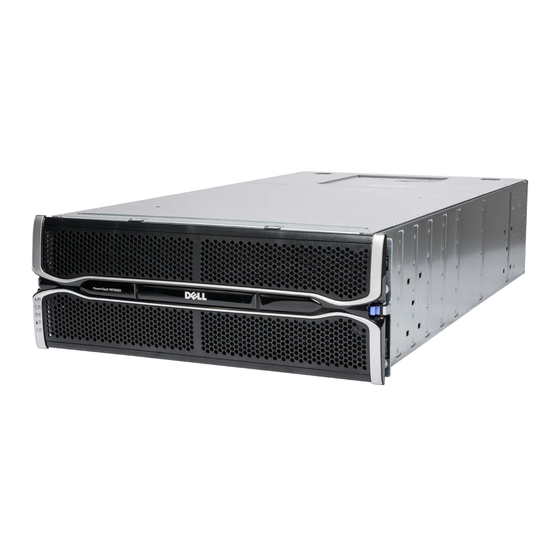Dell PowerVault MD3660i Series Storage Array Manuale di risoluzione dei problemi - Pagina 8
Sfoglia online o scarica il pdf Manuale di risoluzione dei problemi per Immagazzinamento Dell PowerVault MD3660i Series Storage Array. Dell PowerVault MD3660i Series Storage Array 18. Storage arrays
Anche per Dell PowerVault MD3660i Series Storage Array: Manuale hardware e software (25 pagine), Manuale di installazione (11 pagine), Manuale introduttivo (10 pagine), Aggiornamento delle informazioni (8 pagine), Istruzioni per l'installazione del rack (2 pagine), Impostazione (2 pagine), Manuale di risoluzione dei problemi (20 pagine), Manuale d'uso (24 pagine)

- 1. Table of Contents
- 2. About this Document
- 3. Managing the MD-Series Storage Array
- 3. Out-Of-Band Management Vs. In-Band Management
- 3. Setting up Management Using MD Storage Manager
- 4. Troubleshooting the Ethernet Management Port
- 4. Locating the Management Port
- 4. Default Port IP Addresses
- 4. Recognizing Issues Involving the Ethernet Management Port
- 4. Basics: Cabling, Power and Network Switches
- 4. Troubleshooting Physical Connectivity Problems
- 4. Troubleshooting Management Port IP Addressing and Configuration
- 4. Using a Serial Cable to Configure Your Management Port
- 4. Troubleshooting Management Port Device Discovery Issues
